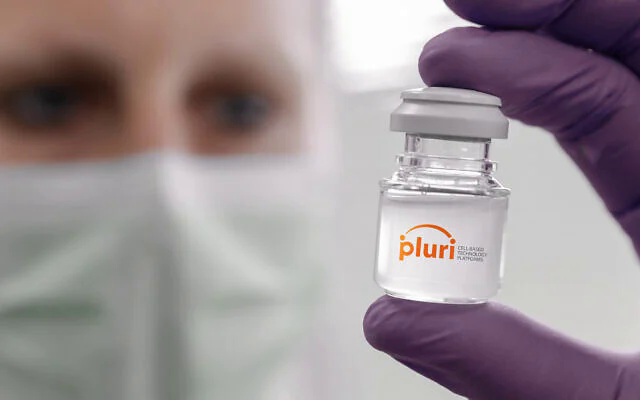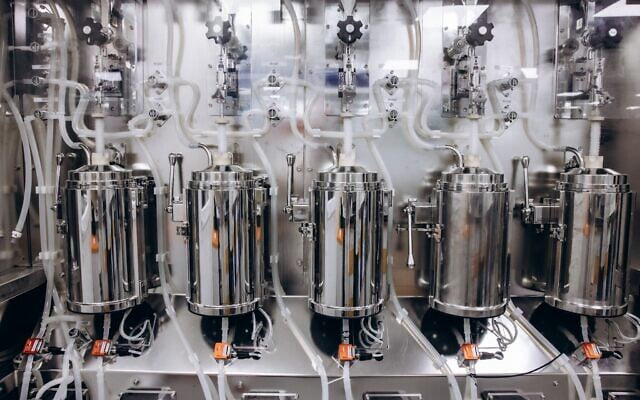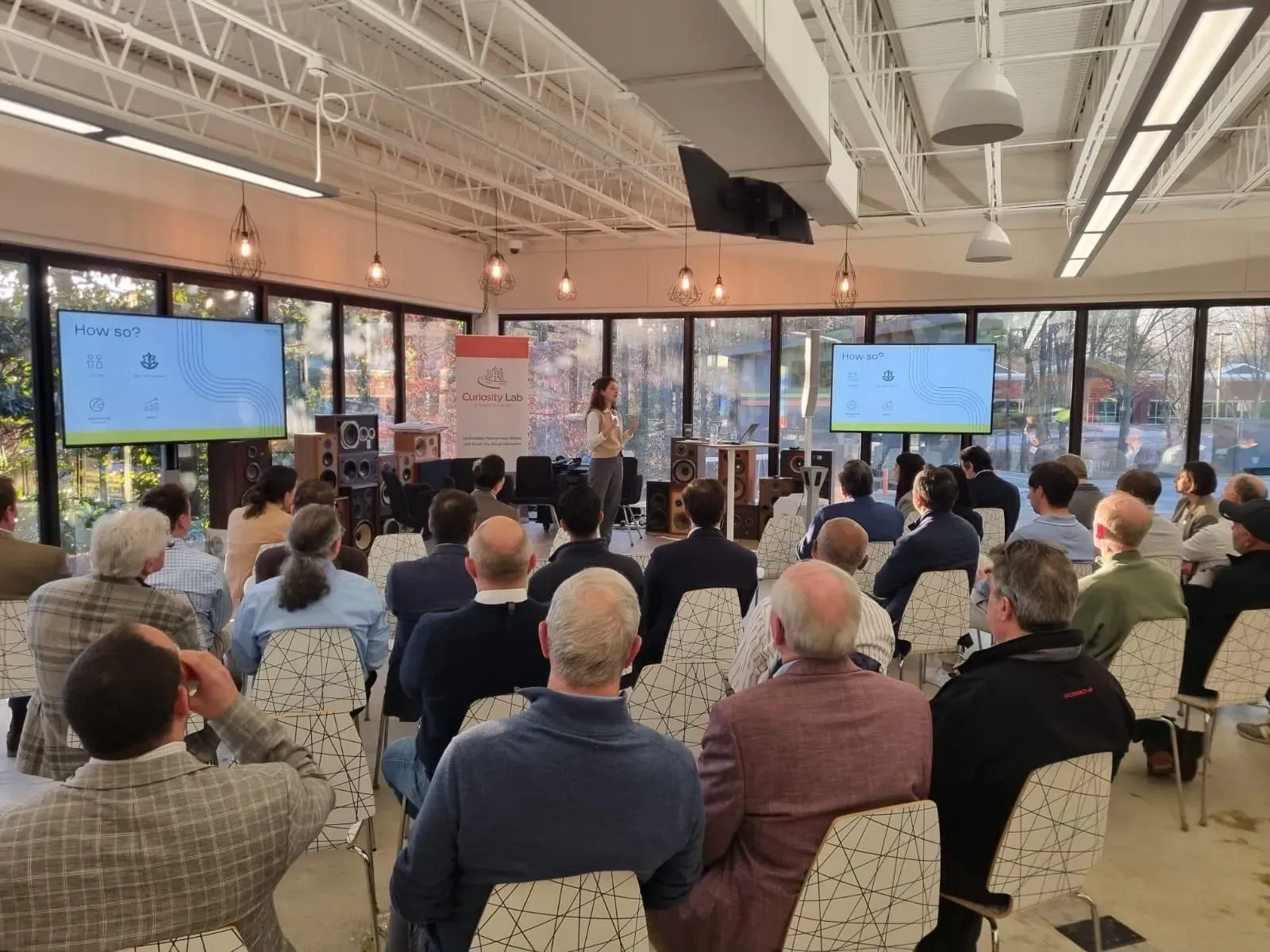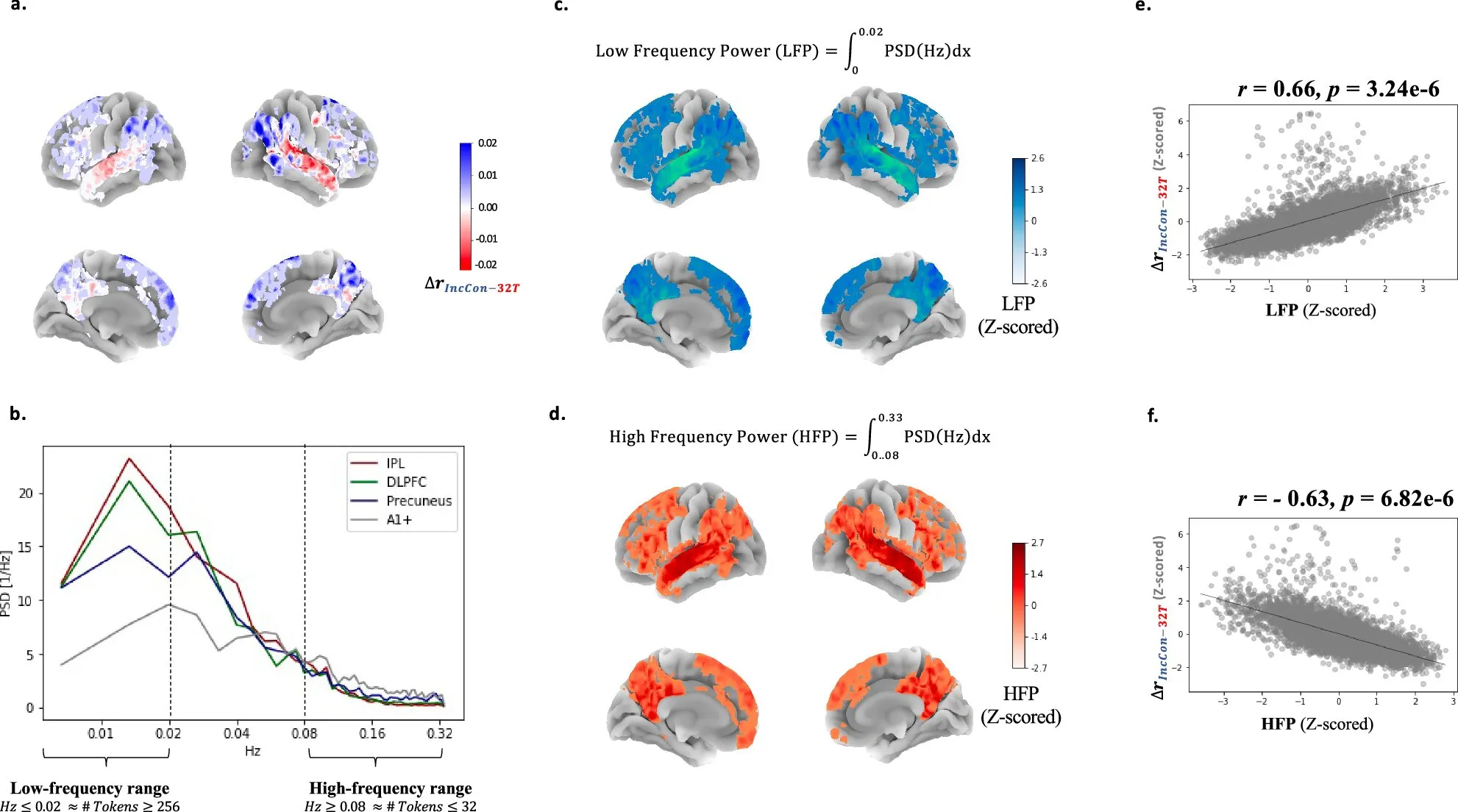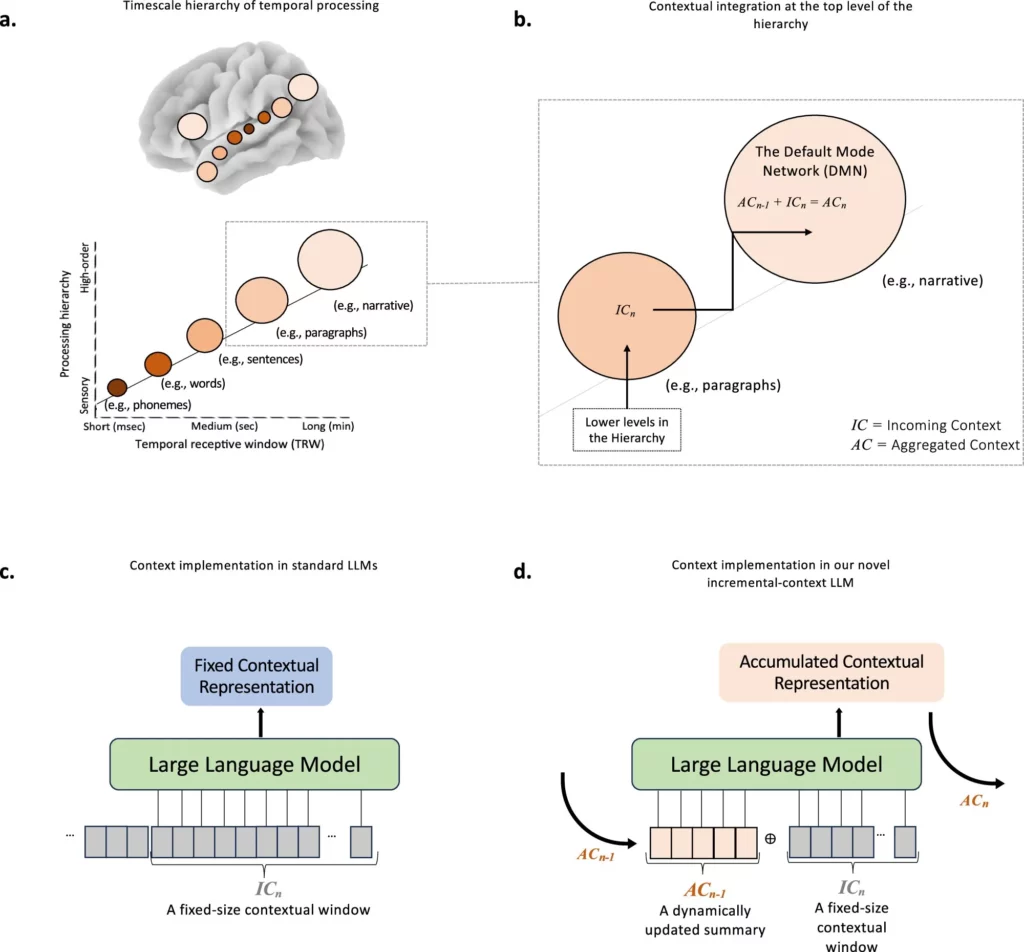From Artificial Intelligence to Aerospace Medicine, These Rising Stars Are Shaping the Future
The Technion is proud to celebrate the inclusion of four exceptional students and alumni on this year’s Forbes Israel 30 Under 30 list. Their groundbreaking achievements span artificial intelligence, space medicine, and deep-tech innovation—each one a shining example of how Technion graduates are making a global impact.
Dr. Dean Leitersdorf CEO & Co-founder, Decart.ai | Age: 26
Dean Leitersdorf isn’t just dreaming big—he’s building big. As co-founder of Decart.ai, Dean is on a mission to create a trillion-dollar AI company that could rival tech giants like Google and TikTok. A triple Technion graduate of the Taub Faculty of Computer Science with a PhD by age 23, Dean previously served in an elite IDF Unit and won the Israel Defense Prize.
Decart’s AI efficiency platform is already disrupting the market, and its AI-powered game Oasis reached 1 million users in just three days—faster than ChatGPT. With $53M in VC funding and profitability in its first year, Dean’s bold vision is just getting started.
“If you’re not in the top 0.1%, it’s not interesting.”
Dr. Summer Sofer Founder, Israeli Society for Aerospace Medicine | Age: 29
From the soccer pitch to NASA, Dr. Summer Sofer is breaking boundaries. A black belt in karate and former player on Israel’s national soccer team, she’s now pioneering space medicine in Israel while completing her medical degree at the Technion’s Rappaport Faculty of Medicine.
Born in New York and raised on resilience, Summer founded the Israeli Society for Aerospace Medicine to grow this underdeveloped field at home. She’s currently completing a specialization at NASA and envisions a national infrastructure for space medicine in Israel.
“It’s easier to advance something you truly believe in.”
Hen Davidov Rhodes Scholar & AI Researcher | Age: 25
“I never thought I fit the profile of a Rhodes Scholar,” says Hen Davidov—yet he’s now one of only two Israelis selected this year. His Technion-based research blends AI and medicine, focusing on building trustworthy diagnostic systems that support doctors with clear probability-based predictions.
Inspired by personal experiences with family illness, Hen’s work is already helping refine breast cancer diagnostics. A graduate of the Taub Faculty of Computer Science and soon to begin his PhD at Oxford, he aims to set new global standards for ethical, reliable medical AI.
“When it comes to medicine, the risks are multiplied.”
Dr. Ameer Haj Ali Founder, Universal AI | Age: 29
Dr. Ameer Haj Ali is redefining what’s possible in deep tech. Raised in Shfaram, a graduate of the Viterbi Faculty of Electrical and Computer Engineering, Ameer completed a record-fast PhD at UC Berkeley in just two years.
In 2025, he launched Universal AI—an ambitious startup focused on the next generation of AI infrastructure. Within two months, the company secured $10M in funding from high-profile investors, including Eric Schmidt, Jared Kushner, and Elad Gil. Ameer’s tireless commitment (including sleeping in the office!) reflects a deep drive to turn bold ideas into real-world impact.
“Time is the most precious resource. I feel behind every day.”
These four honorees represent the best of Technion’s spirit: fearless ambition, technical brilliance, and a commitment to solving real-world challenges. We salute their achievements—and can’t wait to see what they build next.







